National Day of Mourning & history of Thanksgiving
November 14, 2024
Thanksgiving is an American tradition centered around gathering loved ones, giving gratitude, and eating food, but what’s the true history behind this day?
In school, you may have learned that Native Americans taught the struggling colonists how to survive in the “New World,” and everyone came together to celebrate with a feast in 1621. This deeply rooted mythology nearly erased what really happened during that period of time from our collective memory. The alliance between Indigenous peoples and English settlers disintegrated over time, as more colonists arrived and took control of the land from its original inhabitants. A series of brutal, early conflicts, along with scalp hunting and diseases brought by Europeans, resulted in a significant loss of life by Indigenous peoples.
Thanksgiving didn’t become an official holiday in the United States until November 1863 during the Civil War. President Abraham Lincoln established it as a way to improve relations between northern and southern states, as well as the U.S. and tribal nations after a mass execution of 38 Dakota tribal members the year prior.
The National Day of Mourning began in 1970 by a group of Native Americans in New England as a protest against the ongoing oppression of Indigenous peoples and as a counter-celebration to the traditional American Thanksgiving. It serves as a day of remembrance for the millions of Indigenous peoples who were killed by European colonists – and a call to action to highlight the historical and ongoing struggles of Indigenous communities.
At the Colorado Blueprint to End Hunger, we stand in solidarity with Indigenous peoples, tribes, and nations. From the time of colonialism to now, the original stewards of our land have endured genocide, displacement, and forced assimilation. And, racism and oppression of Indigenous peoples continue to this day under U.S. public policy.
What can you do to recognize the National Day of Mourning?
Read more about the history from the perspective of Indigenous peoples.
Find out what native land you live on, and learn more about those nations and tribes.
Donate your time and money to Indigenous-led organizations.
Find local opportunities in your area. For example, one of our partners, Metro Caring, is hosting “Harvesting Truth: U.S. Food Policy as a Tool of Oppression” on November 21, in Denver. During the event, you’ll gather over a meal and explore the history of U.S. food policies, their role in modern food oppression, and the link to Thanksgiving.
Read our recent blog post about Native American Heritage Month and the Blueprint’s land acknowledgment, written by a local leader within the American Indian Movement, which concludes with ways you, too, can stand in solidarity.
By sharing these facts and resources, we can play a small part in the healing and restoration of the Native narrative within the American culture. But this is only the beginning; we all can and should deepen our knowledge, relationships, and actions to address these historic and contemporary atrocities carried out against Indigenous peoples and nations.

